How Reese Witherspoon Made an Empire Out of Blonde Ambition
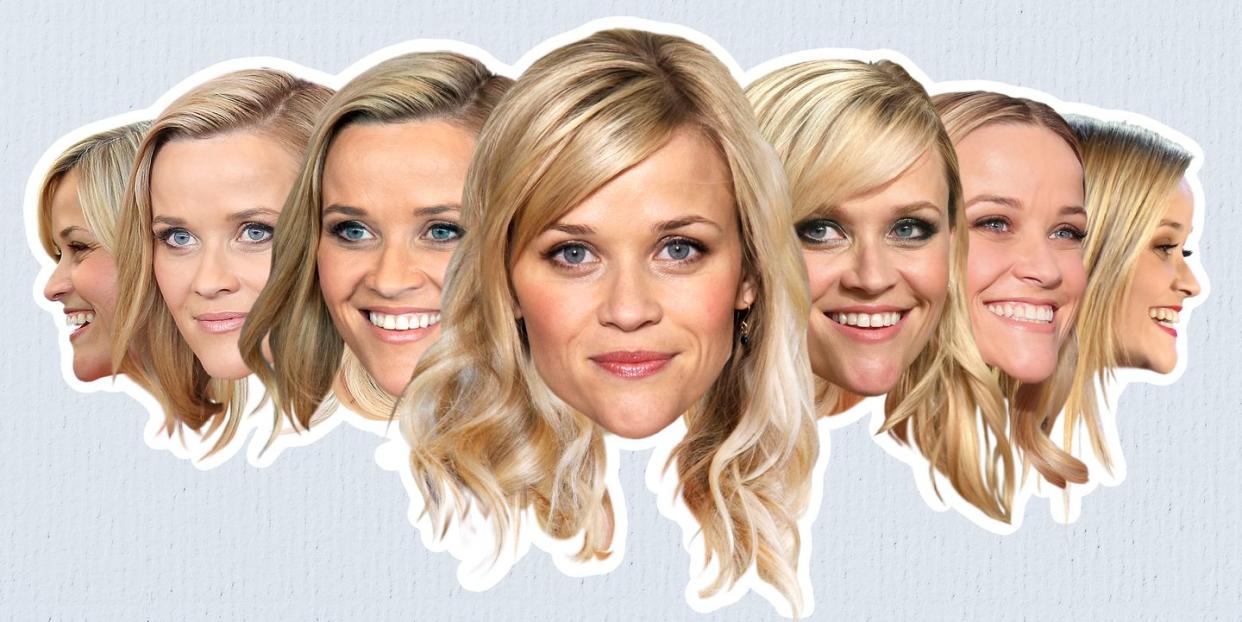
Reese Witherspoon has made something of a brand out of female ambition. Starting first with her iconic role as Election’s brown-nosing Tracy Flick, she found her calling playing determined blondes—an archetype that comes in a surprising number of shades. Witherspoon can cloak herself in period dress and sweet-talk her way up the ladder in Vanity Fair; she can traverse treacherous terrain with a hiking pack in Wild. But always, she’s staring straight ahead, arched brows furrowed.
Of movie stars, James Baldwin famously wrote, “One does not go to see them act; one goes to watch them be.” He was describing chiseled actors like Humphrey Bogart and John Wayne, whose appeal onscreen was as much about their personas as their performances. But the sentiment applies just as well to Witherspoon’s bossy blonde quintessence—and we’ve been watching her be for decades.
As Witherspoon continued to trot out different expressions of female ambition, each extending from her real-life image like a new node in an elaborate diagram, audiences responded in kind. Viewers either recoiled from or embraced her characters, unconsciously demarcating the limits of socially acceptable female ambition.
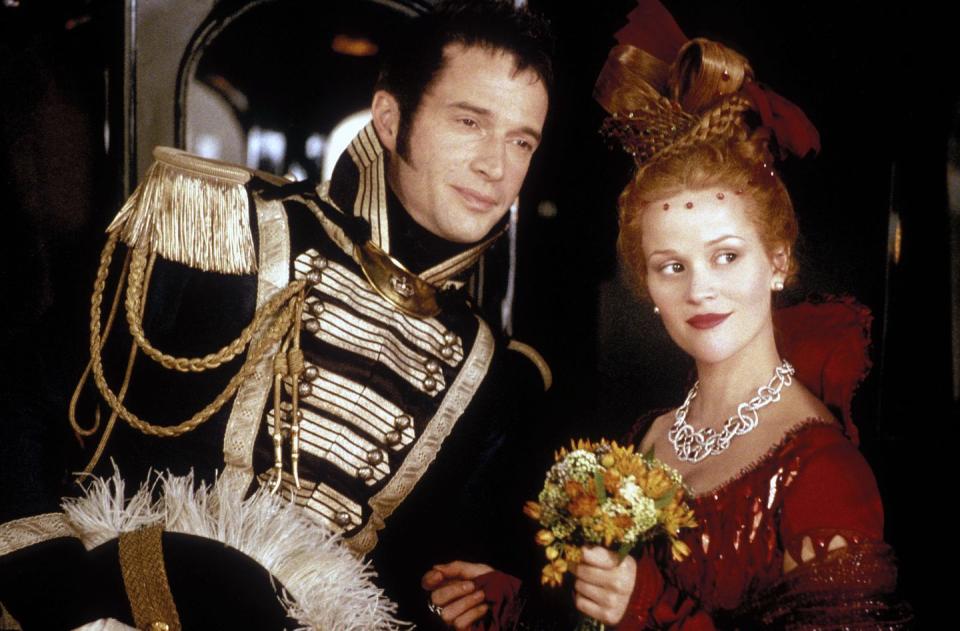
Elle Woods, for example, is eminently loveable. She’s a well-manicured, bubbly underdog, and only discovers her ambition after an inciting incident, which naturally involves a boy. Admirably, she proves that beauty and brains aren’t mutually exclusive, triumphing over a band of WASP-y elites—in a very prescient #MeToo scene.
Tracy Flick? Not so much. Sure, she’s a hard worker, and probably has some of her high school’s best interests at heart. But she’s just so… unlikeable, according to basically everyone she comes across onscreen. Much has been made of Tracy Flick and Hillary Clinton’s similarities, and it’s hard to deny that there’s something there. Despite her many qualifications, work ethic, and by-the-book tactics, she struggles to connect with her electorate. (Of course, Mr. McAllister’s meddling didn’t help, either.)
In 1999, Election laid out what would become many a pundit’s thesis about the 2016 campaign: whereas naked ambition has long been praised in men, women need to at least cloak theirs in a layer of sweetness. The only difference is that, in the movie, Flick came out on top.
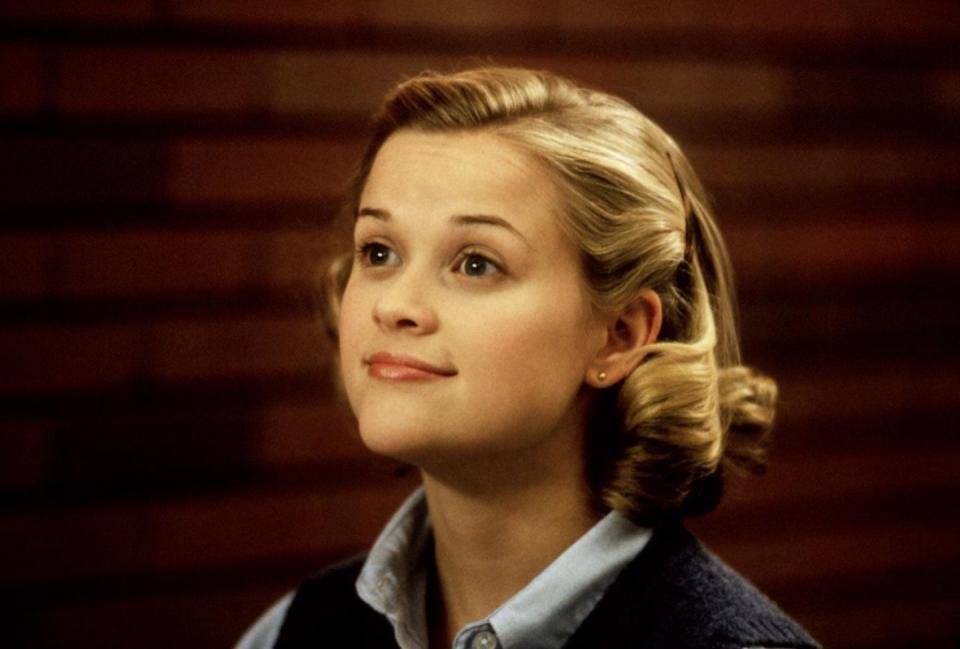
That’s not to say nothing’s changed in 20 years. Witherspoon's most recent role, as the indefatigable Monterey momma bear Madeline Martha Mackenzie is a master class in playing both sides of the likability coin. In Big Little Lies’s group of leading women, Madeline distinguished herself as the bulldog, plowing ahead in her strappy heels, even as the headwinds nearly bowl her over. She doesn’t always choose the right hill to die on—that Avenue Q production, for example—but the strength of her will is admirable, regardless.
That Madeline has become something of a style icon and fan favorite, despite her myriad faults and errors of judgement, is interesting: She's not sympathetic or sweet, and people are still #withher.
And then there’s Witherspoon's own public persona. She’s cultivated a kind of preppy, southern appeal that runs parallel to her self-described Type-A personality (her first production company was even called Type A, for “Little Type A” a nickname her parents gave her as a child). With her blow out, floral dresses, and tasteful makeup, she looks every bit the belle—it’s been noted on many occasions just how frequently she uses the word “y’all”—but there’s a steely bite behind those blue eyes.
That’s evolved, too. Witherspoon has always engaged in some myth-making around her go-getter persona, professing to have started writing checks from her own checking account at age 12, and to have told her third-grade teacher that she intended to be the first president of the United States. She’s hidden some things, too, refusing to comment when her father’s name appears in the tabloids, dodging questions about her drunk driving arrest, and vaguely alluding to a childhood more complicated than the charmed existence she’s believed to have had.
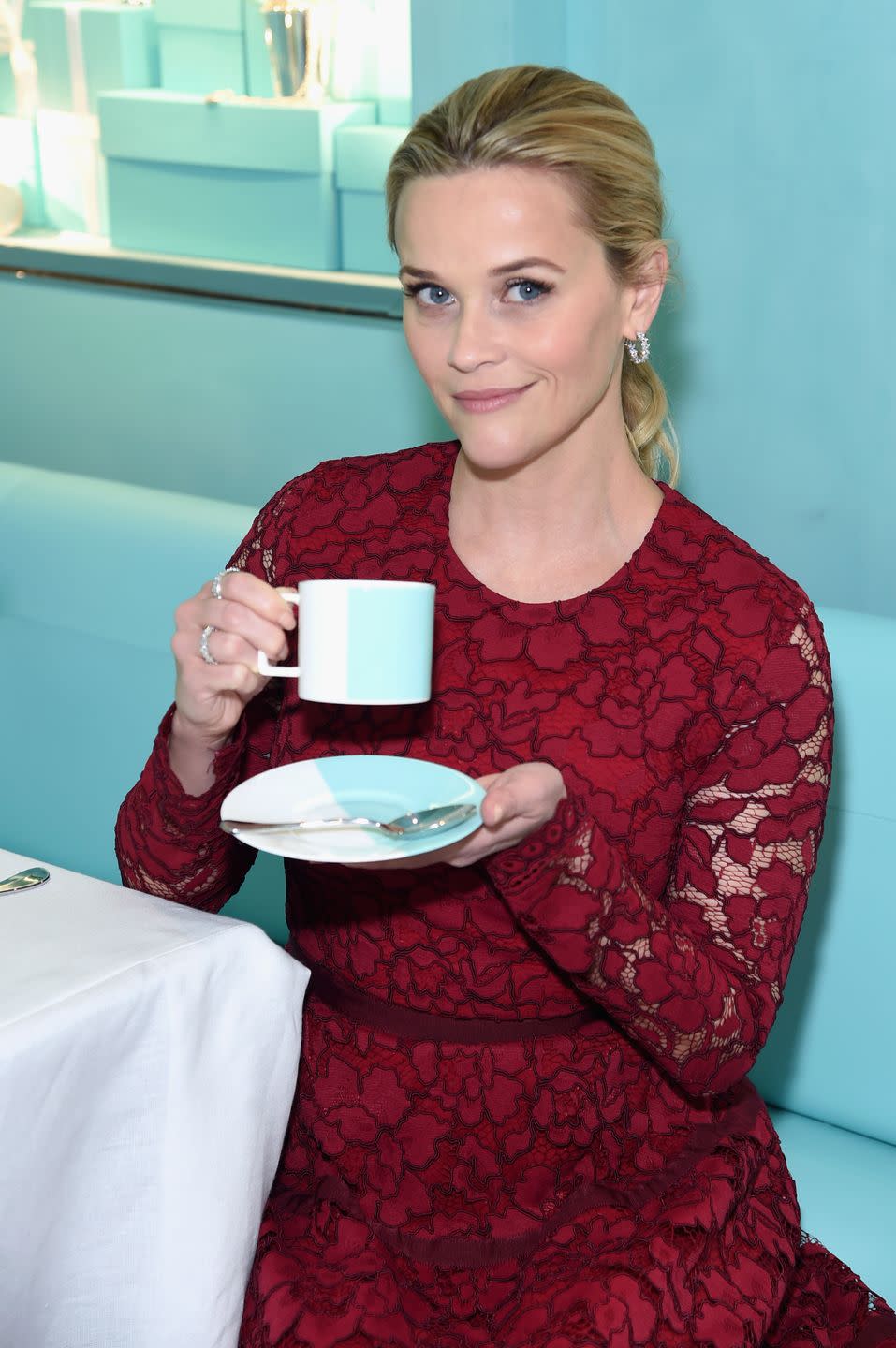
She used to hide more, but has ventured extremely cautiously into the realms of self-revelation. As recently as 2006, she was telling W, “Obviously I have a set of political beliefs. I just don’t believe in talking about them publicly.” By 2016, she went on the record to say that “Hillary [Clinton] is the closest to representing the things I believe in.” These days, Witherspoon is a major backer Time’s Up, in the hopes that the #MeToo movement will realize a better world for those outside Hollywood, too.
Witherspoon hasn’t forgotten her roots, though—and she won’t let us forget them, either. Her clothing line, Draper James—named for her grandmother, Dorothea Draper, and her grandfather, William James Witherspoon—is designed for and marketed to the southern belle (and those who covet their Instagram aesthetic). “I started this company to honor my southern heritage and in particular my grandparents,” she writes on the company’s website. “… From them I learned to dress and act like a lady, to take pride in my home, to reach out to help a neighbor, and to always invite everyone in for a visit.”
A post shared by Draper James (@draperjames) on Jul 7, 2019 at 7:57am PDT
It is largely this part of herself that she underscores in her book, Whiskey in a Teacup. As one Vulture writer found out the hard way, Witherspoon’s self-professed lifestyle seems like something only a Martha Stewart-Tasmanian Devil hybrid could keep up. After all, she is a woman who became a mother in her early 20s, at the height of her career, and seemed to hardly break a sweat. “What, like it’s hard?”
It’s not that these two aspects of her image are incompatible; in fact the combination seems to be Witherspoon's special sauce. Witherspoon is a role model for those who want to both “act like a lady” and champion Time’s Up—and she somehow appeals to the outer circles of that Venn Diagram, too.
While Witherspoon is often lumped in with other actresses who have ventured into the lifestyle space as their careers begin to cool, Witherspoon's forays into southern-belle branding were not a consolation prize. She has become a formidable producer by doing it her way.
Thanks to a push from her second husband, power agent Jim Toth, the actress realized that her voracious reading habit could be the key to turning her career around. She began nabbing the rights to hit novels like Gone Girl and Wild, and bringing them to the screen—first with her previous production company, Pacific Standard, and now with Hello Sunshine.
Along the way, Witherspoon has highlighted stories by and about women and people of color (selections for her book club are almost exclusively penned by these groups) and producing projects alongside Zendaya, Kristen Wiig, and Kerry Washington. She’s expressed a desire to increase representation behind the camera, too (recent Big Little Lies director drama notwithstanding).
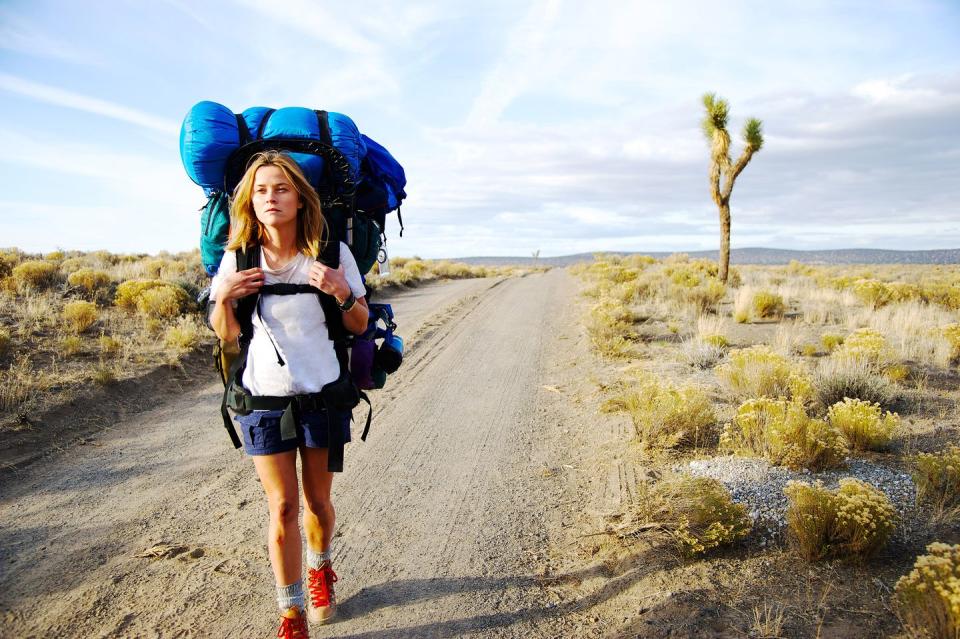
If she started the company to give herself opportunities onscreen, Hello Sunshine has grown into its own node on the family tree of Witherspoons, a corporate embodiment of her personal brand. The company’s Santa Monica offices were outfitted by Crate & Barrel (a brand she’s often worked with in the past), complete with “What Would Oprah Do?” posters and a wall of bookcases, with novels arranged by color. There’s no fixed seating; everyone can set up shop where they please. “There are famous authors next to 20-year-old pop stars,” Witherspoon told Domino. It’s a Reese-colored vision of a business utopia.
There’s something triumphant about this cluster on the Witherspoon diagram, in a large part because Hello Sunshine, Draper James, and Reese Witherspoon herself live in the real world. A screenwriter didn’t make up Hello Sunshine, the way one named Elle Woods her class’s valedictorian at Harvard Law.
The difference between the real Witherspoon and her fictional avatars is that with the characters, we often get a taste of the struggle. Legally Blonde lingers on Elle Woods's near-defeats; her mascara is running down her face nearly as often as it stays put. Tracy Flick is composed entirely of grit, even as the powers that be block her at every turn. She's Woods without her well-intentioned, lipstick-lined misadventures. All of Witherspoon’s onscreen personalities—despite sharing a substantial level of privilege as white, cis, straight, and sometimes moneyed women—stumble before they succeed.
If we were able to watch the real Witherspoon’s life, laid out in a neat three-act structure by a Hollywood scribe, we’d see it when she fell, too. Witherspoon doesn’t give us confessionals though (and fair enough—her personal history isn’t ours to demand), but without her visible missteps, she remains smooth and impenetrable. Reese Witherspoon’s public persona floats serenely above the cultural consciousness, arranging her color-coded bookshelves on a higher plane of self-realization, while the rest of us spill our coffees and sleep through our alarms.
That’s the magic of Reese Witherspoon: she's almost perfect, the effort visible just under the surface. It’s a tightrope act, and not everyone can master it like Reese.
You Might Also Like

